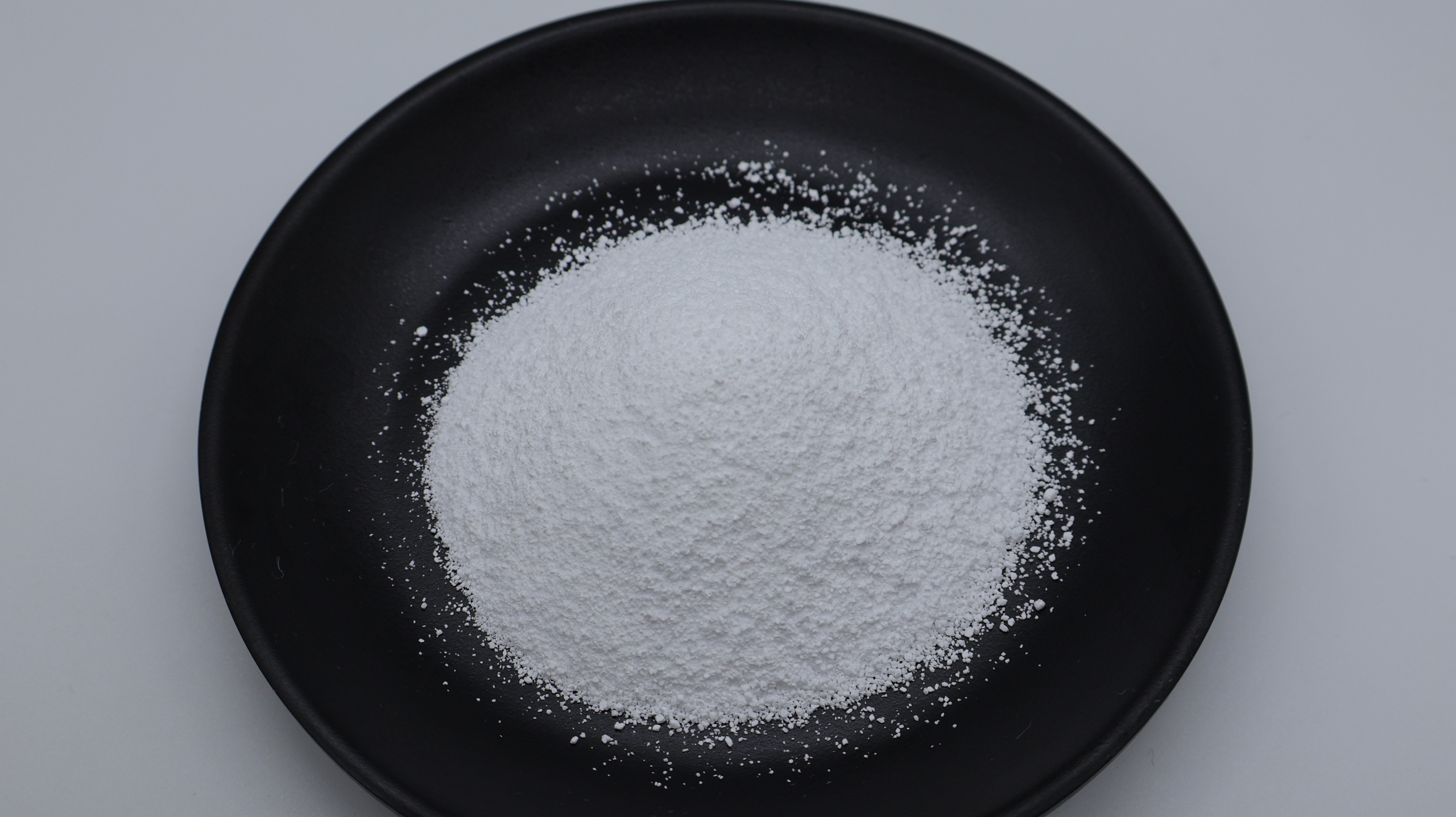1.Chemical properties and forms:
– Sodium polypyrophosphate anhydrous (Na4P2O7) is a white powder or crystal, easily soluble in water, insoluble in ethanol and other organic solvents, and its aqueous solution is alkaline.
– Other phosphate preparations, such as potassium dihydrogen phosphate (KH2PO4) and disodium hydrogen phosphate (Na2HPO4), have different chemical structures and properties. For example, potassium dihydrogen phosphate is a colorless crystal or white crystalline powder, which is easily soluble in water and its aqueous solution is acidic.
2.Solubility and stability:
– The solubility of sodium polypyrophosphate anhydrous in water varies with temperature, for example, at 0°C it is 3.16 g/100 g water, while at 100°C it is 40.26 g/100 g water.
– In contrast, other phosphates such as sodium dihydrogen phosphate monohydrate (Na2HPO4·H2O) lose water of crystallization and decompose into acidic sodium pyrophosphate when heated.
3.Purpose and application areas:
– Pharmaceutical grade sodium polypyrophosphate anhydrous is mainly used as a water softener, printing and dyeing bleaching auxiliary, wool degreasing agent, boiler descaling agent, metal ion chelating agent, etc. in the pharmaceutical field.
– Other phosphates, such as sodium dihydrogen phosphate, are often used in the fermentation industry to adjust pH and as food additives.
4.Safety and toxicity:
– The toxicity of anhydrous sodium polypyrophosphate is relatively low, with an ADI value (acceptable daily intake) of 0.70 mg/kg (in terms of phosphorus), and attention should be paid to the balance with calcium.
– The toxicity and safety of other phosphate preparations may vary and need to be evaluated on a substance-by-substance basis.
5.PH buffering and chelating ability:
– Sodium polypyrophosphate anhydrous has strong pH buffering properties and has a certain chelating effect on metal ions.
– Other phosphates may not have the same pH buffering and chelating abilities, or may differ in these properties.
These differences give sodium polypyrophosphate anhydrous its unique advantages and uses in pharmaceutical grade applications, and it is more suitable in specific fields compared to other phosphate preparations.



